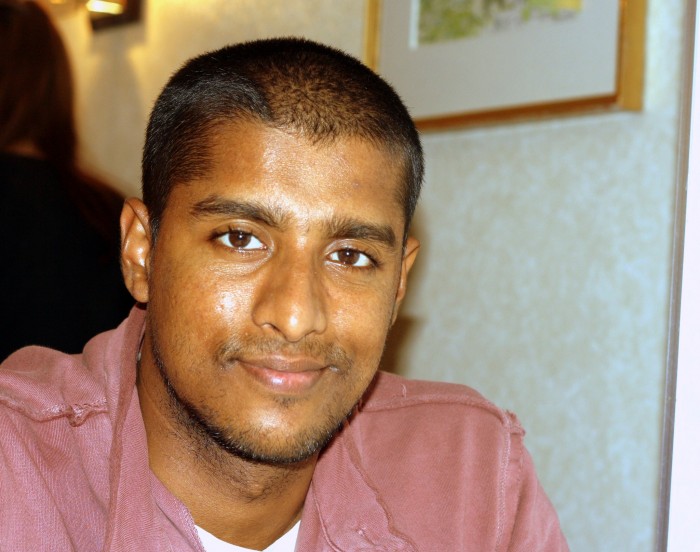
“My husband does not care for me anymore. He thinks that I have gone mad and what I am struggling for, is a lost cause. Sometimes I also think what has happened to me. Whatsoever, I will not die until I see my grandchildren again. They were taken away by the military, with my daughter and her husband, who happened to be a ranked official in LTTE. Their father might be wrong, but it’s not the children’s fault. Give me my kids back. That’s all I need”. Tears were rolling down on 65 year old Ponnamma’s cheeks. I was clueless, helpless and speechless.
I was born and bred in the Western part of the country. I was an ardent newspaper reader and a curious newbie into media. My overconfidence and trust on the media I used to read, listen or watch, always told stories about booming economy and blooming lives of the Northerners, but not the stories which were of militarization, land grabbing, barred freedom of expression etc. While I was on my first formal assignment as a journalist fixer with a reputed international media organization until I met Ponnamma, who was an old lady, a mother to three and a dearest grandmother to two. Her story [as briefed above] was more than enough to burst my perceptive bubble on mainstream Sri Lankan media. Coming back to the hotel, I kept asking myself “why did I never knew that such problems existed in post-war Sri Lanka” and I had an answer for that question; “well, son, it’s not your fault. The media [you were following] didn’t want you to hear the bitter truth”.
June-July, 2015, Here I am in Seattle. While I am here, I got to know that there are a good number of media outlets, which don’t make profit. I know, it’s a global phenomenon and that’s why if I am to rephrase it, non-profit media outlets. SURPRISE!
Well, they had a lot more surprises for me.
They do publish advertisements, but those are not the colorful, attractive commercials you’ll see on the newspapers or television. It is usually just an acknowledgement of the services provided by those advertisers, that’s all. Sometimes it could be a sponsorship for a radio or television program. That surprises me, because in my home country, a program scheduled for 30 minutes, is actually televised or broadcasts for 15 minutes and the rest of 15 minutes is for advertisements. Advertisements and sponsorships are just another way of finding the money to run the organization.

So how do they earn?
Well, a fair extent of finance comes from the public. Yes, you heard it right, the PUBLIC. From the average person to the wealthiest person on earth, can donate to these non-profitable, community oriented media platforms to sustain longer enough, starting from 10$. Also, events organized by these media outlets are basically for fundraising, so anyone who comes in, can donate as they wish.
One more way of fundraising is pledge drives. Once or twice a year, these media outlets will remind their audience that it is their turn to donate, so that they can carry their services forward.
Yet another specialty of non-profit media is the in-depth storytelling. Not having to compromise with anyone is the best part of it.
“We dig deep into a story, which is of public interest. Usually what happens in mainstream media is that, a news item fades away, day by day. There could be no news at all or applied censorship on certain things such as politics, business, which contradicts their propaganda. We don’t do it. Our motive is to uncover the story in depth,” says Drew Atkins, an editor at crosscut.com, which is a website hosted by a non-profit public media house.

This story was produced in the 2015 SUSI program.

